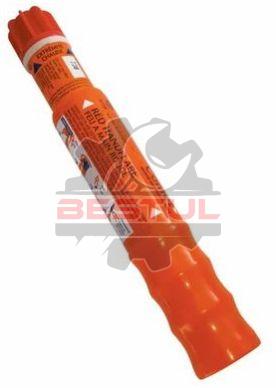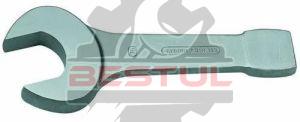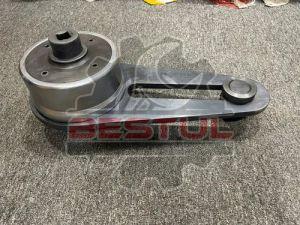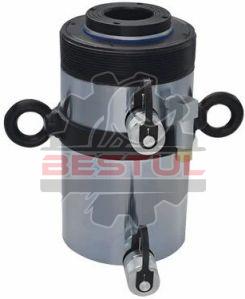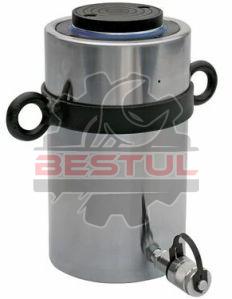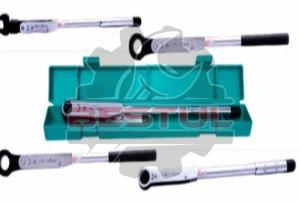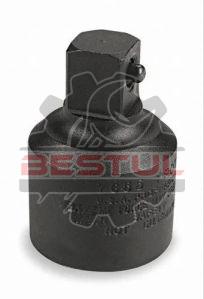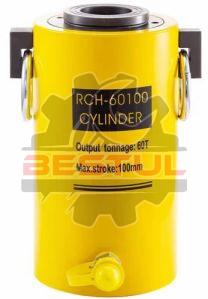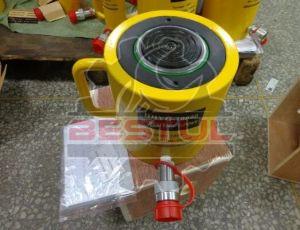sales@besthardware.in - GST NO. : 27AECPT4419C1ZN
| Business Type | Exporter, Supplier |
| Color | Red |
| Product Type | Safety Flares |
| Usage/Application | Handheld flare |
| Click to view more | |
Preferred Buyer From
| Location | Worldwide |
Product Details
A red hand flare signal is a type of distress signal commonly used in maritime or emergency situations. It is designed to be easily visible from a distance, especially in low light or nighttime conditions, to alert others to a distress situation. Here are some key points about red hand flare signals:
Purpose:
The primary purpose of a red hand flare is to attract attention and signal for help during emergencies, such as when a vessel is in distress at sea.
Visibility:
Red hand flares produce a bright red light that is easily visible, even from a considerable distance. This high visibility is crucial for alerting nearby vessels, aircraft, or rescue teams.
Duration:
Hand flares are typically designed to burn for a specific duration, providing a sustained and easily noticeable signal. The burn time is usually mentioned in the product specifications.
Ignition Mechanism:
Hand flares are typically ignited by pulling a tab or cap, which activates the flare. Some models may have additional safety features to prevent accidental ignition.
Water Resistance:
Since these flares are intended for use in marine environments, they are often designed to be water-resistant. This ensures that they remain functional even if they come into contact with water.
Storage and Expiry:
It's important to check the expiration date of hand flares and ensure they are stored properly. Flares that have passed their expiration date may not function correctly in an emergency.
Safety Precautions:
Users should follow safety guidelines and instructions provided by the manufacturer for proper use. This includes handling the flare carefully, keeping a safe distance from the burning end, and using it in an open area away from flammable materials.
Regulations Compliance:
Red hand flares should comply with relevant maritime regulations and standards. Check the product specifications or packaging for information on compliance with safety standards.
Storage and Transportation:
Ensure that you store and transport hand flares according to the manufacturer's recommendations. Some flares may have specific storage requirements to maintain their effectiveness.
Training:
Familiarize yourself with the operation of the hand flare before an emergency situation arises. Training on the proper use and handling of the flare can be essential for effective deployment.
It's important to note that the use of distress signals, including hand flares, should be in accordance with local regulations and laws. Additionally, boaters and mariners should be aware of the specific requirements for carrying and using distress signals as mandated by maritime authorities.
Certainly! Here are some additional considerations regarding red hand flare signals:
Packaging and Quantity:
Red hand flares are often sold in packs, and the quantity per pack can vary. Check the packaging to ensure you have an adequate number of flares for your vessel's size and the number of passengers.
Day/Night Use:
Some hand flares are designed specifically for nighttime use, while others may be visible during daylight as well. Verify the intended use of the flare, and if needed, consider having a combination of day and night signals on board.
Altitude and Visibility:
Understand the altitude to which the flare is likely to ascend. Higher altitudes can make the signal more visible from a greater distance. The packaging or product specifications should provide information on the expected altitude.
Signal Pattern:
Some hand flares produce a steady light, while others may have a strobe or flashing pattern. Understanding the signal pattern can be important for distinguishing distress signals from other lights at sea.

